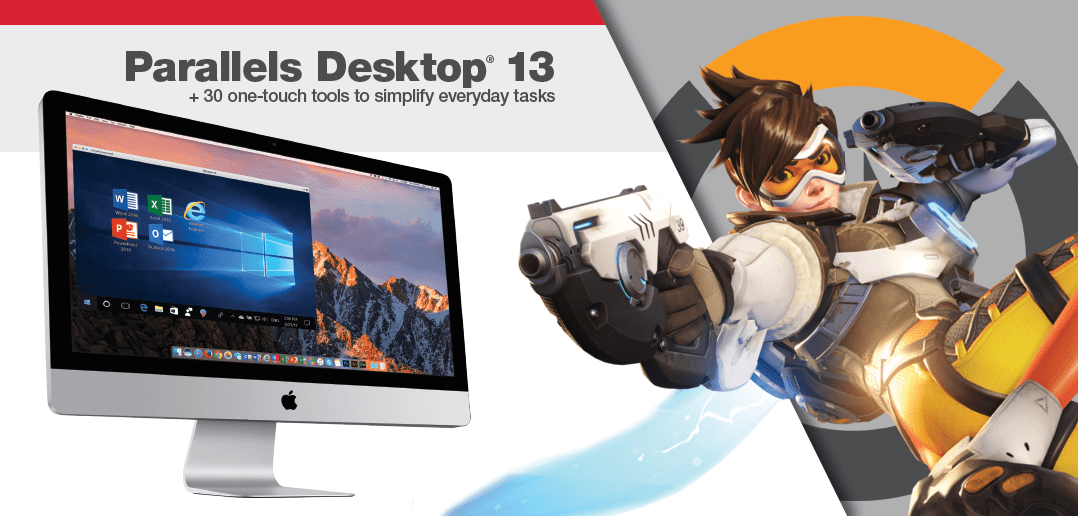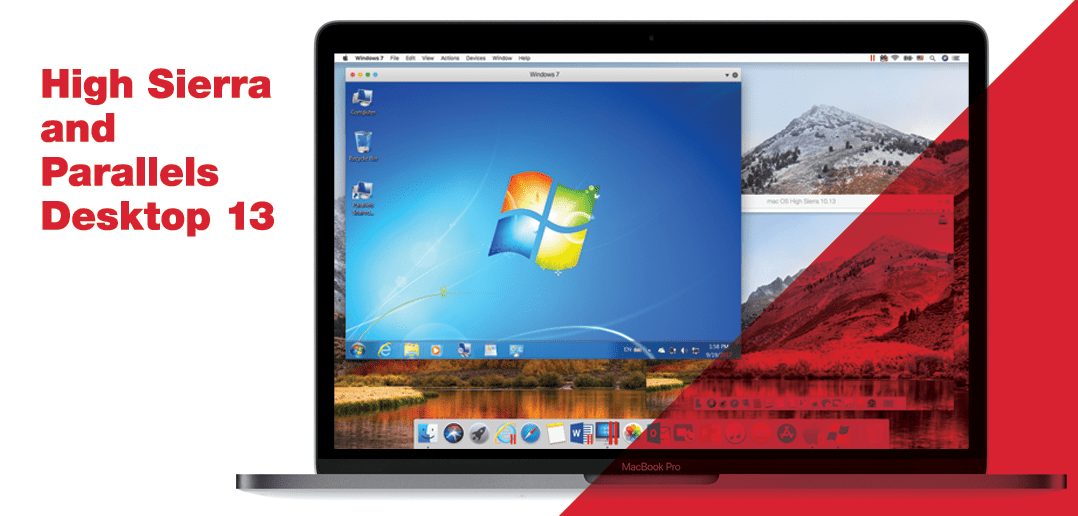
High Sierra and Parallels Desktop 13
High Sierra is finally available! If you are reading this post, then you probably want to know if Parallels Desktop® 13 for Mac supports macOS® High Sierra. The quick answer is yes! Parallels Desktop 13 fully supports macOS High Sierra, both as a host OS and guest OS. The more detailed answer is in the rest of this post.
Terminology Check:
“Guest OS” means an operating system running in a Parallels Desktop virtual machine.
“Host OS” means the operating system running on the Mac®. You install Parallels Desktop on the host OS.
High Sierra was first shown to the world in June 2017 at the Apple Worldwide Developers Conference. Since that announcement, Apple® has provided developers with nine High Sierra beta releases, so that they can test their applications with High Sierra and provide Apple with details about any issues found and with suggestions for future work.
Although it was not generally known at the time, the Parallels team was into development of Parallels Desktop 13 when High Sierra was first announced. We eagerly downloaded each beta release and tested High Sierra as both a host OS and guest OS with early builds of Parallels Desktop 13. As expected, issues were found and they were fixed.
At one point during the development of Parallels Desktop 13, I was running a beta release of High Sierra on my Mac, a beta release of Parallels Desktop 13, and a Windows 10 beta release (called an “Insider Preview” by Microsoft) as a guest OS—and a beta release of High Sierra as another guest OS. This is really life on the bleeding edge!
Because of these early releases of High Sierra by Apple and the early releases of Windows 10 Insider Previews by Microsoft, we were able to ensure that Parallels Desktop 13 was ready for High Sierra as soon as it was released to the public by Apple. Our thanks to both of our partner companies for these early releases.
Here are a number of screenshots of Parallels Desktop 13 running on macOS High Sierra. The figure captions describe what is going in each screenshot.
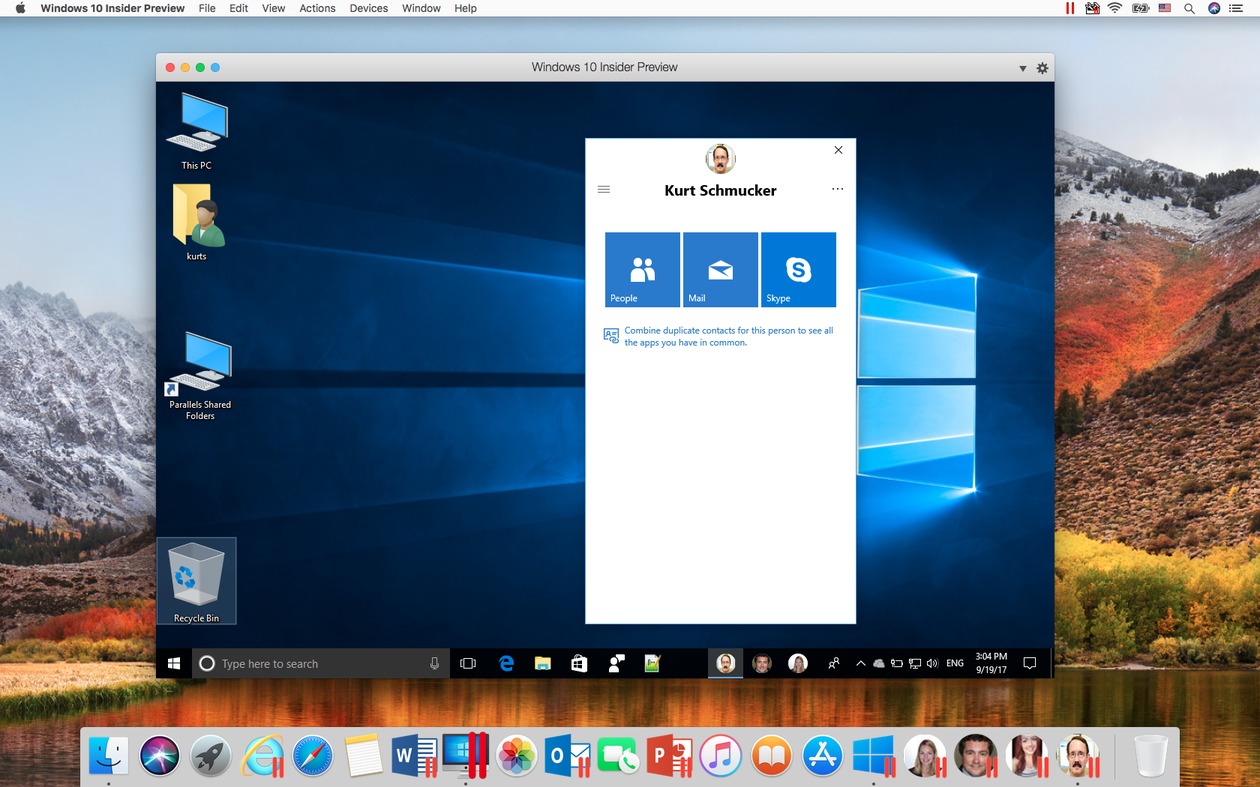
Figure 1_Using the new Windows 10 People Bar support in Parallels Desktop 13 on macOS High Sierra
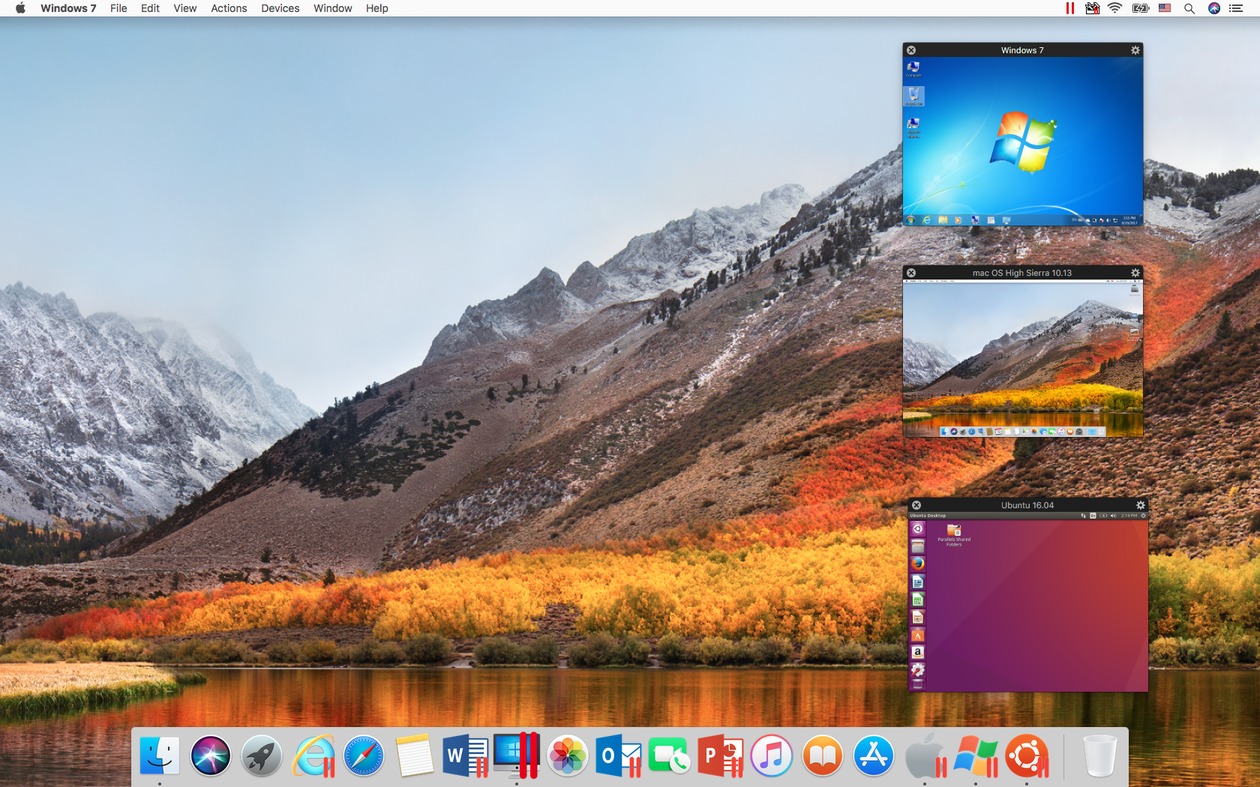
Figure 2_Using the new Picture-in-Picture view in Parallels Desktop 13 on macOS High Sierra
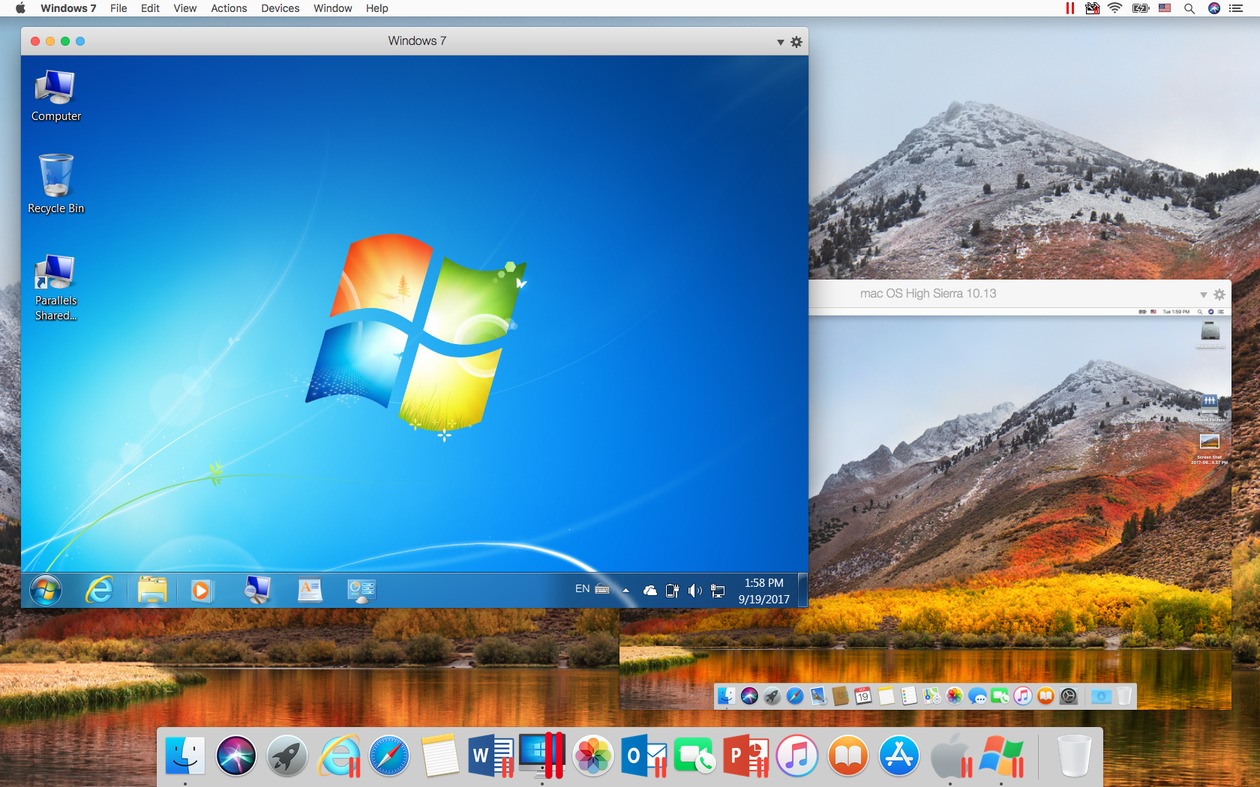
Figure 3_Window 7 and macOS High Sierra running in Parallels Desktop 13 on macOS High Sierra
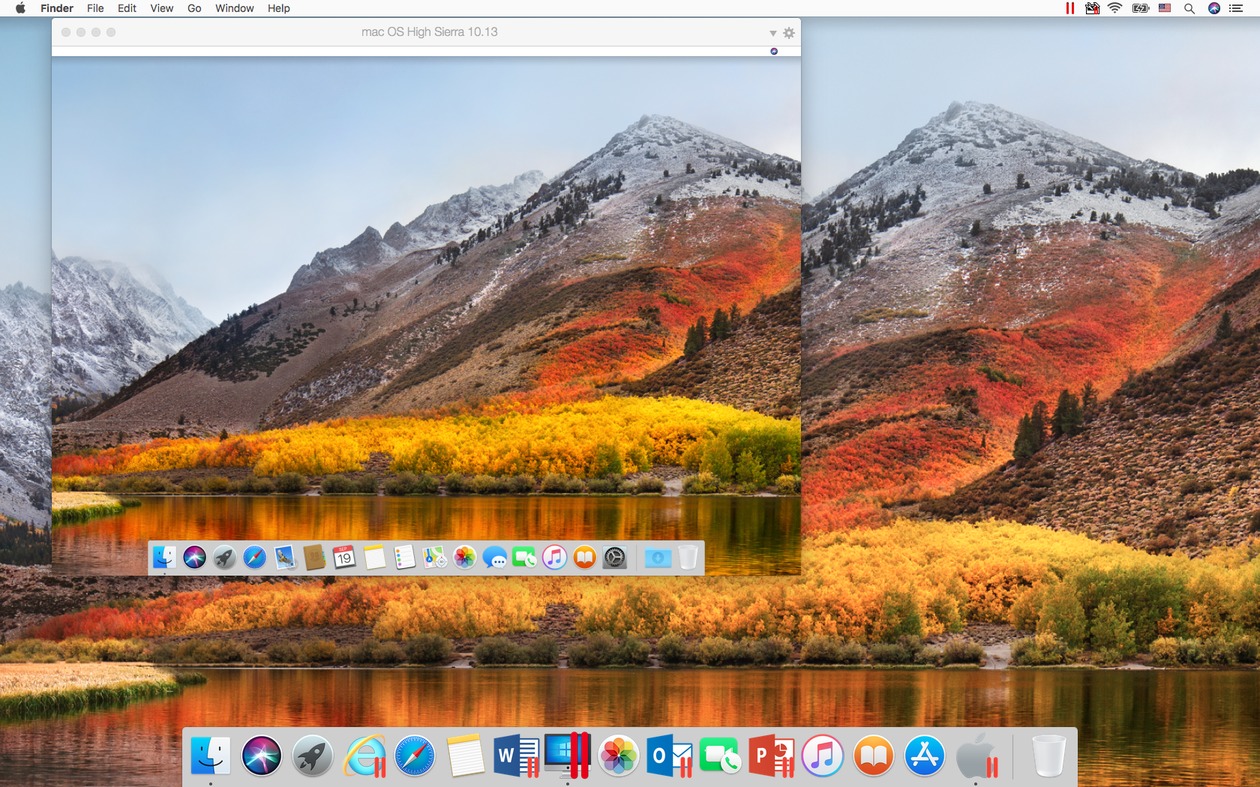
Figure 4_macOS High Sierra running in Parallels Desktop 13 on macOS High Sierra
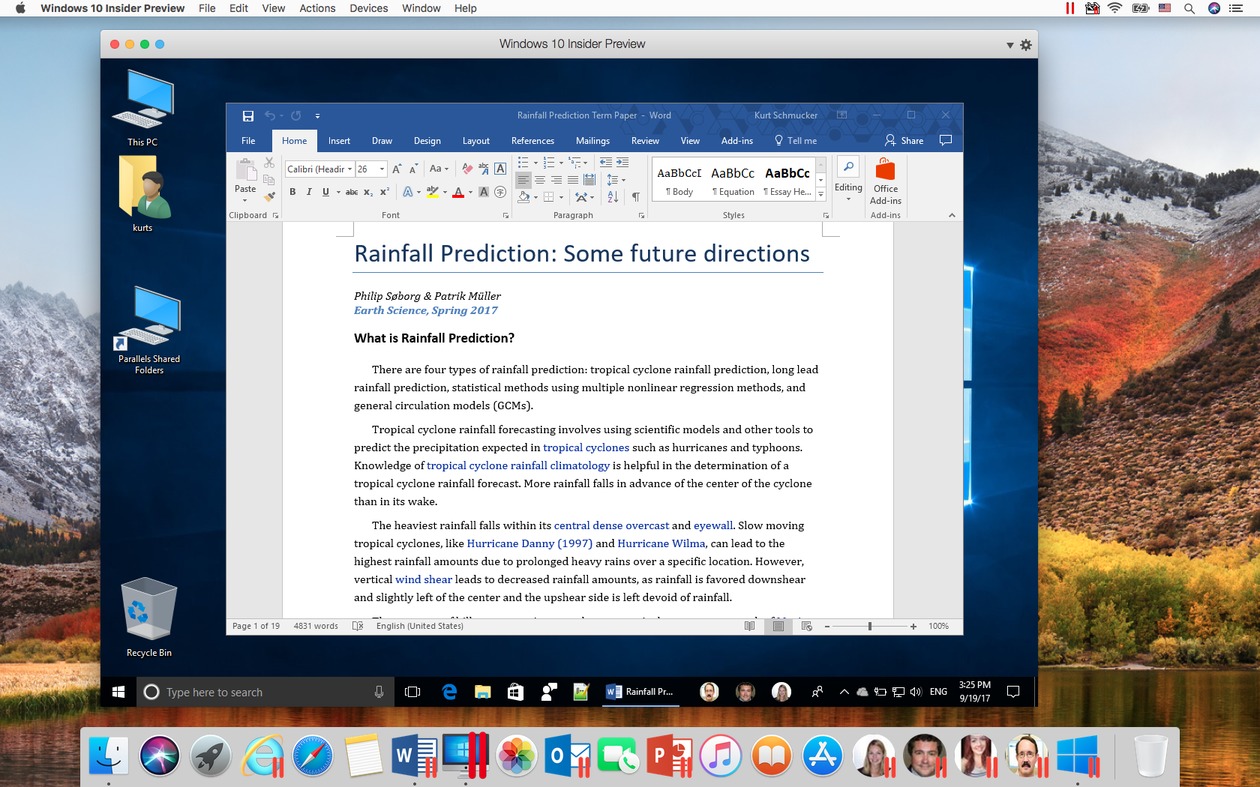
Figure 5_Word for Windows 2016 in Windows 10 running in Parallels Desktop 13 on macOS High Sierra
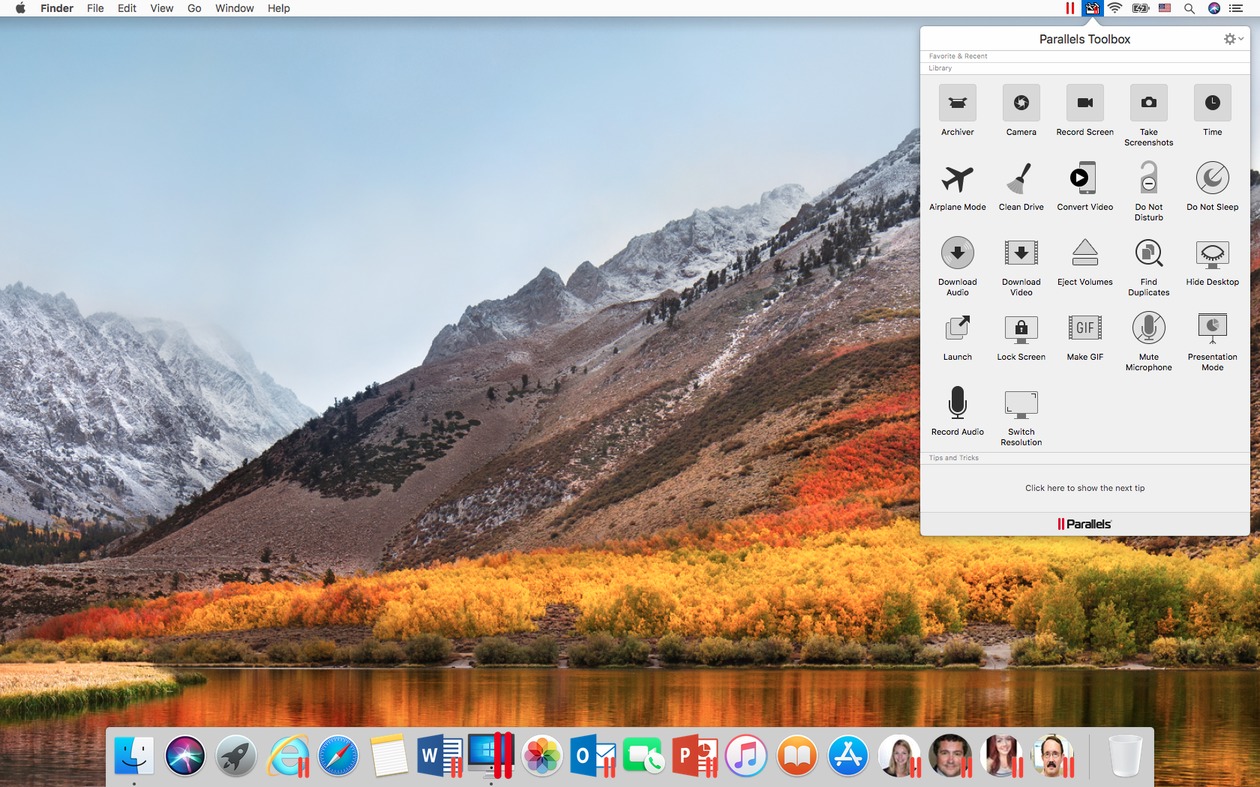
Figure 6_Parallels Toolbox for Mac 20 on macOS High Sierra
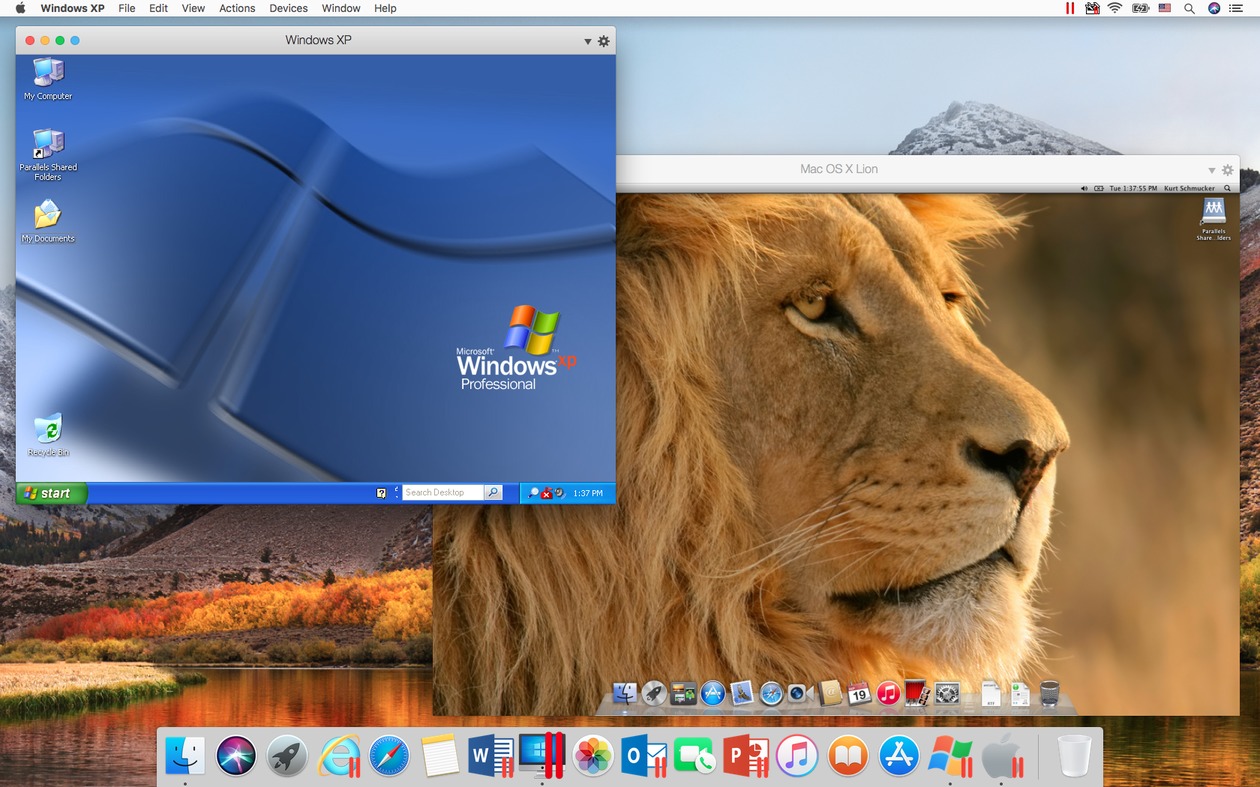
Figure 7_Windows XP and Mac OS Lion running in Parallels Desktop 13 on macOS High Sierra
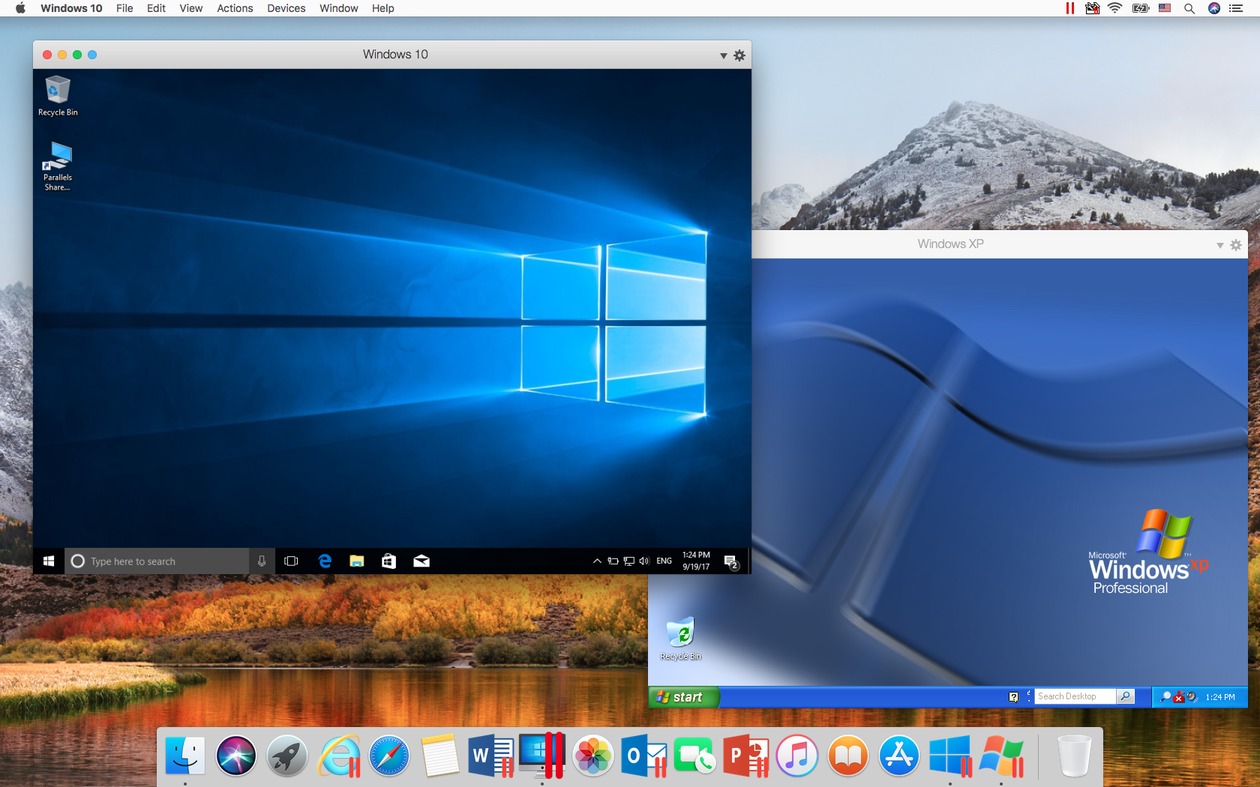
Figure 8_Windows 10 and Windows XP running in Parallels Desktop 13 on macOS High Sierra
There is still one issue with running Parallels Desktop 13 on a High Sierra Mac: You must manually allow Parallels Desktop to install a system extension. The details are explained here. Please make sure you follow those recommendations.
You can make your decision about when to migrate to High Sierra without worrying if Parallels Desktop 13 supports it. Tell us about your High Sierra migration in the comments.
Want to try High Sierra with Parallels Desktop 13? Download a free 14-day trial!

